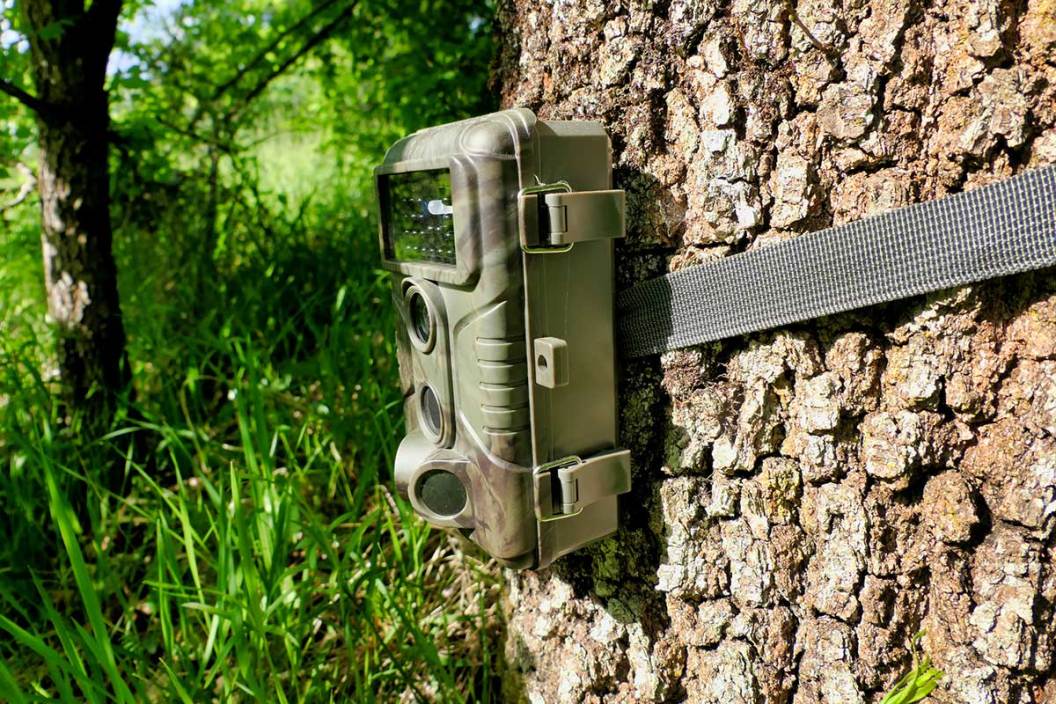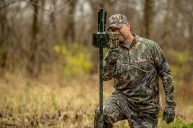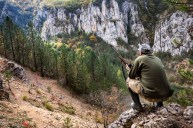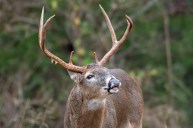As a dedicated hunter, I try to limit my exposure to my hunting properties. The more I intrude while doing things like checking trail cameras, the more likely I am give away my presence and disturb the deer. I rely on trail camera intel to help become devise a plan and become a better hunter, and that generally requires some intrusion. And there are times where the volume gets pretty high. Across all of the properties I hunt, I generally run about 45-50 cameras for most of the year. This number is significantly less during the early parts of spring, but other than that, I put a pretty big emphasis on my cameras. Especially in the late summer, as deer season is quickly approaching, I'll use any piece of data to better nail down which bucks I am after and to pattern how they move.
How do I carefully and strategically check trail cameras without putting unwanted pressure on the deer herd and risk bumping our target buck this close to the season? There are a few ways I manage this.
Checking Trail Cams Before Hunting Season
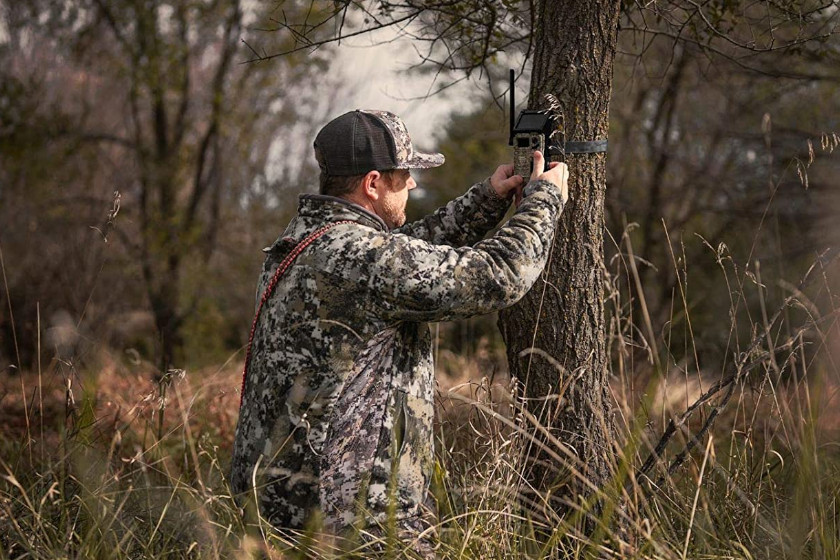
Amazon
Perform Mid-Day Checks
Despite the commonly-held theory that whitetail deer are nocturnal, they are actually crepuscular, meaning they are most active at dawn and dusk. It can be painful as we sit in the stand for four hours before seeing any movement, but it can be used to our advantage when checking trail cams.
I never go onto one of my hunting properties to check a trail camera past 2:00 p.m. The risk far outweighs the reward, and pulling an SD card isn't worth bumping a target buck. This is especially true during the warm summer days. At noon and a little after, the sun will be at its peak, and you can bet that most deer will be in their beds avoiding the exhausting heat. This is when I like to sneak in and pull my SD cards quietly and carefully.
Maintain Easy Access
When setting up your trail cameras, it should go without saying that you hang them in a spot that allows you to get in and out quickly and unnoticed. All it takes is a buck to see, hear, or smell you once, and he could leave the property for good.
I like to ensure I have open trails with no side brush that could pick up my scent or make noise as I rub up against it. Avoid long walks that cause you to sweat, leaving an odor that all the deer in the area will pick up on. If you're able to use an ATV or an electric bike, that is great in my book, but comes with some pointers. In my experience, deer are much less scared of a vehicle than a human, and they will likely pick up on the sound of an ATV before seeing you. Deer in my area affected by an ATV usually go away briefly until they feel the coast is clear. With an electric bike, you should be able to get in and out with very little noise and almost no scent impact.
Stay on Schedule
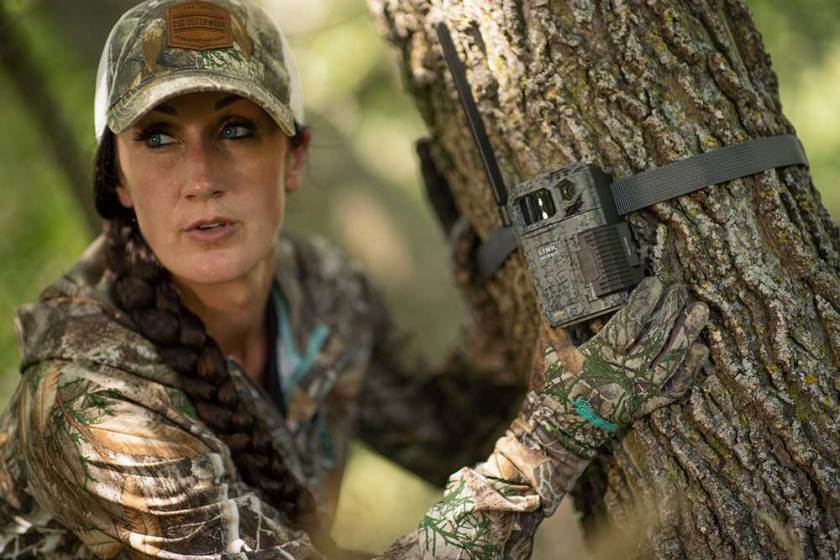
Melissa Bachman
This is a personal preference of mine, not one that I have hard data to back up. However, I have seen it work so well for me that I have no choice but to believe it. Staying on a schedule will have deer expecting slight intrusion at a specific time, and ideally allow them to relax when you are hunting.
For example, I visit my hunting properties simultaneously and on the exact day of the week, every two weeks. Showing up every two weeks significantly limits my intrusion, but it also makes me believe that even if deer spot me, they know that I am showing up at noon, once, every two weeks. Call me crazy if you want, but deer are creatures of vigorous routine and habit. It's like Pavlov's Dog, and it's why timed feeders work so well. If you can get deer thinking about something, you can use that to your advantage. Stay on schedule!
Track Your Data
Getting random pictures of big bucks on your trail cameras is fantastic, but if you aren't doing anything with that data, it's pointless. You're better off saving your money and just Googling pictures of whitetail deer.
Trail cameras are a tool and you should use them as such. Take note of the time, moon phase, temperature, pressure, and any factor that can help you determine what gets that big buck out of his bed. Then address how you can use that when hunting season arrives.
I arrowed one of my biggest bucks a few years ago, a beautiful 10-point pushing 160 inches. I told my family and friends that I knew precisely the three-day window I would harvest him, and even pinpointed the two-hour window in which I'd get my opportunity. This isn't a brag. Any hunter can examine the data and apply it to their hunts. When no unforeseen circumstances affect their habits, and they've been clearly patterned on trail cam, there's no reason not to fully dive in.
Go Wireless
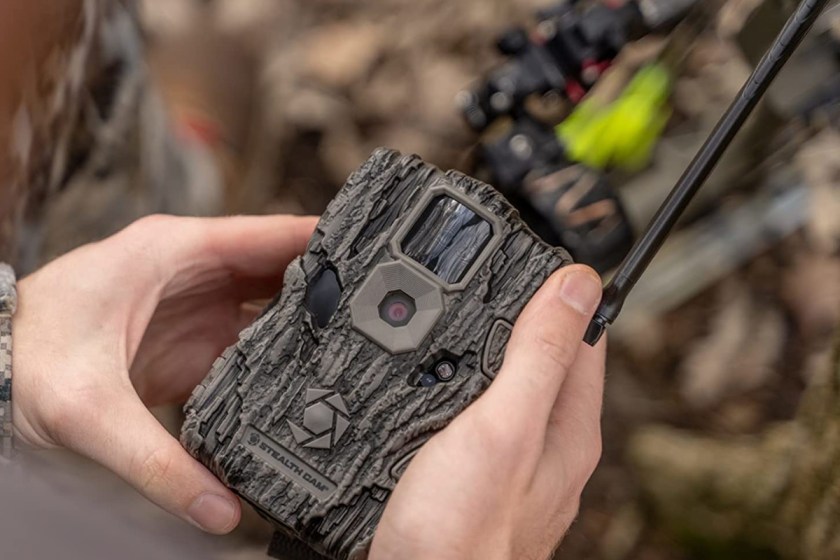
The innovation of the wireless trail camera is possibly one of the most impactful inventions to ever grace the hunting community. We can now monitor deer activity with minimal intrusion and receive that data directly to our phones. If you aren't utilizing wireless trail cameras, I highly suggest that you start. They have ultimately changed how I hunt and are efficient during all stages of the offseason, preseason, and in the peak of hunting season.
The price point may be slightly higher, but the value far exceeds non-cellular. That advice comes from someone who utilizes both. You can pattern your target buck without constant fear of bumping him, and aside from the initial setup, you won't even have to intrude on the property until it's time to harvest him.
Checking trail cams always involves some risk. With some caution and a good strategy, you can minimize this risk and gather the intel needed to make a plan for your target buck this fall. Without intel, there is no plan; without a plan, the odds will never be in your favor. Get some cameras, develop a strategy, and put them together for a chance at the deer you know you can harvest.
